What Causes Pimples in Monsoon and How to Prevent Them Naturally

The monsoon might bring welcome relief from the summer heat, but for your skin, it can be a challenging time—especially if you're prone to breakouts. The sudden shift in weather, higher humidity levels, and constant dampness can throw your skin off balance. Even if you usually have clear skin, you might notice more pimples popping up during this season.
That's because the excess moisture in the air can make your skin oilier, which attracts dirt and dust. This clogs pores and creates the perfect environment for acne-causing bacteria to grow. Add wet clothes and constant sweating into the mix, and your skin has even more to deal with.
But here’s the good news: with a few small changes, you can still enjoy clear skin during the monsoon. You don’t need an elaborate routine—just a simple, consistent one that keeps your skin clean, balanced, and dry. Everyone’s skin is different, so find what suits you best and stick with it.

Why Pimples Flare Up During Monsoon
- Clogged Pores Due to Humidity: High moisture levels cause sweat and sebum to accumulate on the skin. If not cleansed properly, this traps dirt and dead skin cells, leading to clogged pores and pimples.
- Bacterial Growth: Warm and moist conditions are ideal for bacteria to thrive. The skin’s natural barrier weakens, making it easier for bacteria to multiply and trigger inflammation.
- Overwashing the Face: In an attempt to stay oil-free, many people overwash their face, which strips the skin of its natural oils. The skin then overcompensates by producing more oil, aggravating breakouts.
- Using Heavy Skincare Products: Rich creams or makeup during the monsoon can suffocate the skin. These products can mix with sweat and grime, leading to congestion and acne.

How to Build a Non-Comedogenic Skincare Routine for Humid Weather
Humidity makes your skin feel oilier, heavier, and more prone to clogged pores. The key to managing this is switching to a non-comedogenic skincare routine—products that won’t block pores and cause breakouts.
Here’s how to structure your routine for calm, clear skin even in the stickiest weather:
1. Start with a Gentle, Pore-Clearing Cleanser
Cleansing is the most important step during monsoon. Opt for a sulphate-free cleanser that removes grime and sweat without stripping your skin. Herbal blends that include tulsi, neem, or lodhra work well to reduce inflammation while purifying the skin gently.
2. Use a Lightweight, Detoxifying Mask Weekly
A natural clay or herbal mask once or twice a week can draw out excess oil and keep the pores clean. Look for ingredients like fuller’s earth, manjistha, and clove that have antibacterial properties but are are mild astringents , with anti bacterial properties.
3. Hydrate Without Heaviness
Skip thick creams. Go for gels or aloe-based hydrators that balance oil production without suffocating the skin.
4. Incorporate a Thoughtfully Designed Herbal Ritual
Sometimes, it’s not just one product but a sequence of well-matched steps that makes the real difference. A ritual that combines cleansing, masking, and targeted treatment using herbs known for their clarifying properties can do wonders.
For example, a ritual that includes neem, tulsi, clove, and liquorice—all known in Ayurveda to reduce inflammation and support clear skin—can work beautifully during humid months.
One such ritual is crafted using these exact herbs, designed to address monsoon-induced breakouts while respecting the skin’s natural balance. It’s a thoughtful blend of cleanser, mask, spot treatment, and gel—each step reinforcing the other without overloading the skin.
This layered, minimal-yet-complete approach (like the Anti-Acne Ritual by Ohria Ayurveda) is ideal for those looking to build a non-comedogenic, holistic routine rooted in time-tested ingredients.
This Ayurvedic Anti-Acne Ritual deeply cleanses, purifies, and restores balance to acne-prone skin.
Neem & Tulsi Face Wash removes excess oil and fights acne-causing bacteria, while Lodhra Vacha Face Mask detoxifies, tightens pores, and calms inflammation. To lock in hydration without clogging pores,
Neem & Tulsi Gel soothes irritation and prevents future breakouts. With regular use, this ritual helps achieve clear, balanced, and naturally glowing skin
5. Keep It Simple and Consistent
The more humid the weather, the more your skin benefits from simplicity. Two to three well-formulated, plant-based products used consistently often outperform a shelf full of actives.

Foods That Help Prevent Acne During the Monsoon
The monsoon season brings with it a rise in humidity, sluggish digestion, and internal imbalances—all of which can show up on your skin as acne or dullness. While topical skincare helps manage the surface, what you eat plays an equally powerful role in how your skin behaves.
According to Ayurveda, imbalances in digestion and internal heat (pitta) during monsoon can trigger skin eruptions. The good news? Certain foods naturally help calm the system, clear toxins, and support healthier skin from within.
1. Leafy Greens (Lightly Cooked)
Spinach, methi, amaranth, and coriander are rich in antioxidants, fiber, and iron. But during monsoon, always cook them lightly with digestive spices like cumin or ajwain to make them easier on the gut and avoid fermentation.
Benefits: Detoxify blood, improve digestion, and reduce internal heat that leads to acne.
2. Anti-Inflammatory Herbs and Spices
Turmeric, ginger, black pepper, and cinnamon have powerful anti-bacterial and anti-inflammatory properties. Add them to soups, teas, or curries to reduce inflammation from the inside out.
Benefits: Keeps bacterial acne and sluggish digestion in check.
3. Seasonal Fruits with High Water Content
Fruits like pears, pomegranates, jamun, and papaya are ideal during the rainy season. They hydrate the body, help eliminate toxins, and keep the liver cool—an organ deeply linked with skin health.
Avoid overly sweet or sour fruits like mangoes or citrus if you’re acne-prone.
4. Moong Dal and Light Pulses
Moong dal is easy to digest, rich in protein, and doesn’t cause bloating or skin inflammation. Soups or khichdi made from moong, paired with ghee and mild spices, help cleanse the gut.
Benefits: Keeps your system light and your skin clear.
5. Herbal Teas (Warm, Not Cold)
Boil water with tulsi, neem, mint, or coriander seeds and sip it through the day. These herbs naturally purify the blood and cool the system without disrupting digestion.
Pro tip: Add a few drops of lemon if your skin is oily and acne-prone.

Foods to Avoid During Monsoon If You’re Acne-Prone
- Fried snacks (they clog both pores and digestion)
- Excess dairy (can increase mucus and inflammation)
- Fermented or leftover food (heavier to digest)
- Cold drinks or ice creams (slow down digestion)
Frequently Asked Questions
Q1: Why do pimples become more common during the monsoon season?
A: Increased humidity and sweat during monsoon create a moist environment that clogs pores and promotes bacterial growth, leading to more pimples.
Q2: How does humidity affect my skin and cause acne?
A: Humidity increases oil production, mixes with dirt and sweat on the skin, which can block pores and cause inflammation resulting in pimples.
Q3: What natural methods can I use to prevent pimples during the monsoon?
A: Natural prevention includes maintaining a gentle cleansing routine, using non-comedogenic products, incorporating herbal ingredients like neem and tulsi, eating a balanced diet, and keeping skin dry and clean.
Q4: Are there specific Ayurvedic herbs that help in monsoon acne prevention?
A: Yes, herbs like neem, tulsi, clove, and manjistha have antibacterial and anti-inflammatory properties that help prevent and soothe pimples naturally.
Q5: Can lifestyle changes really help reduce monsoon pimples?
A: Yes, simple changes like wearing breathable clothing, avoiding heavy makeup, washing your face regularly, and managing stress can significantly reduce monsoon breakouts.
Q6: How does the Ohria Anti-Acne Ritual support natural prevention of pimples?
A: The ritual combines herbal ingredients like neem, tulsi, and clove in a gentle yet effective sequence of cleansing, masking, and treating that respects skin’s balance while reducing acne-causing bacteria.
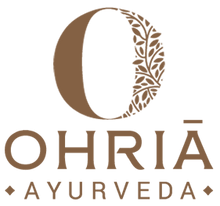
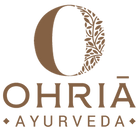
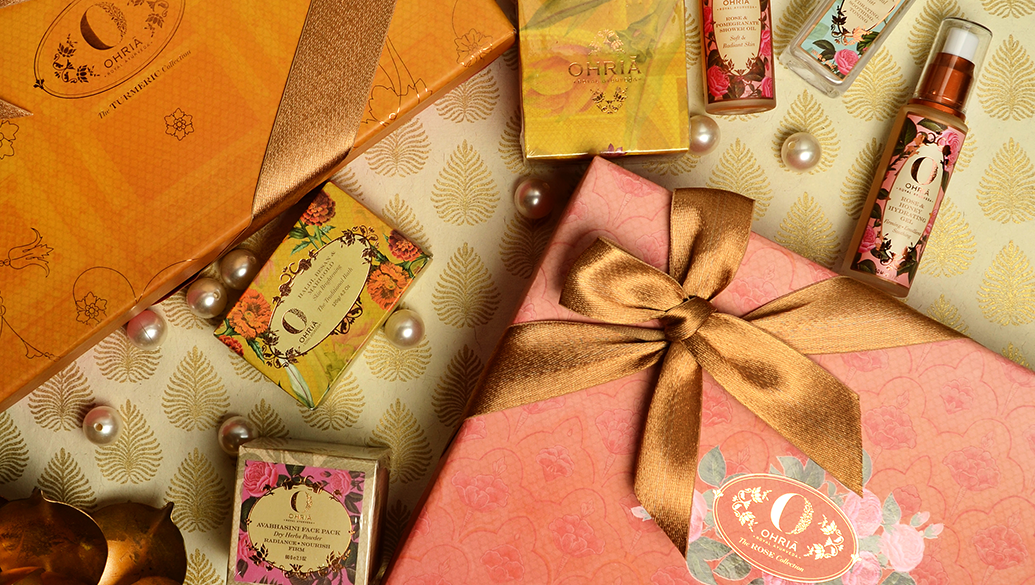
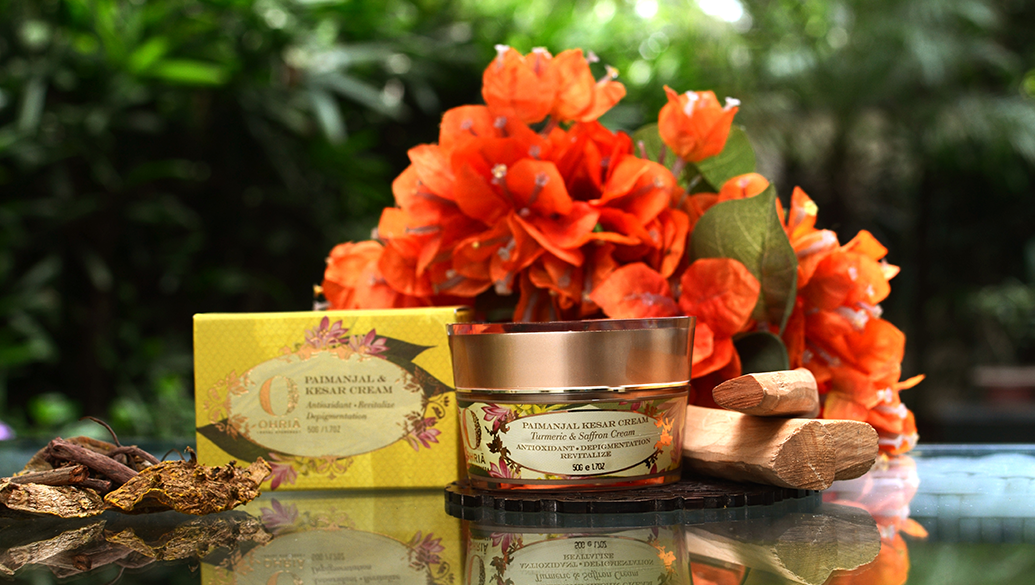
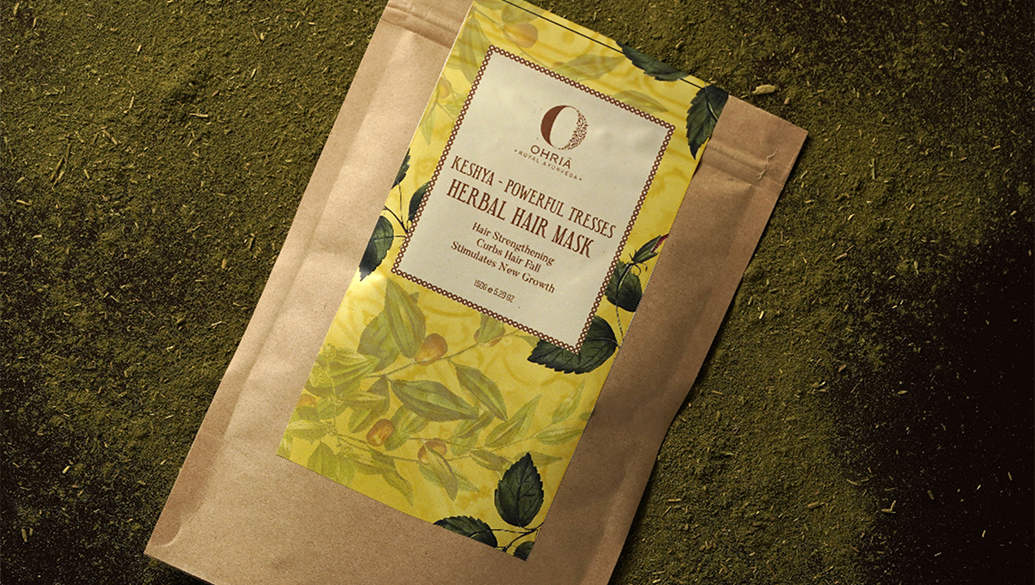
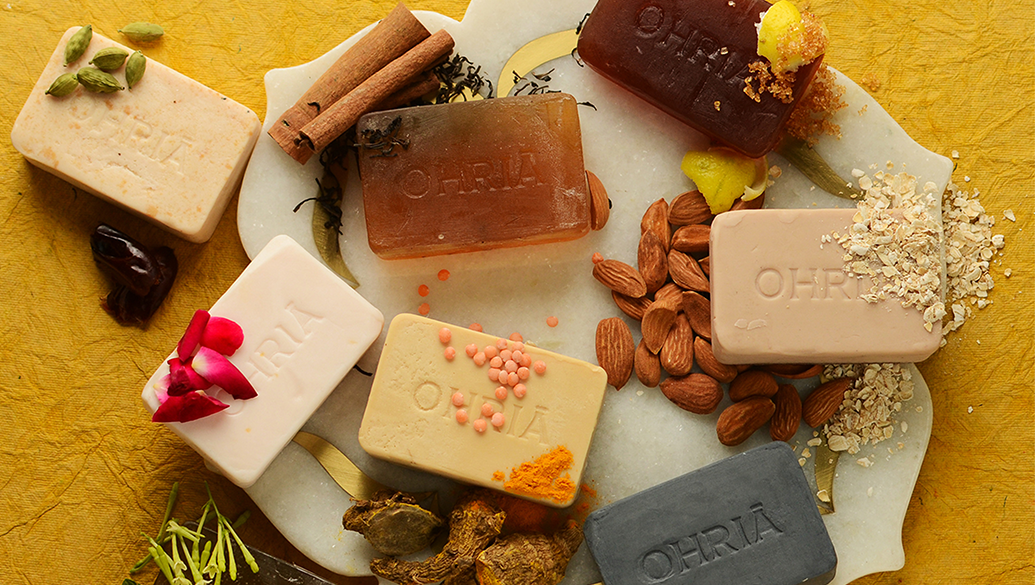
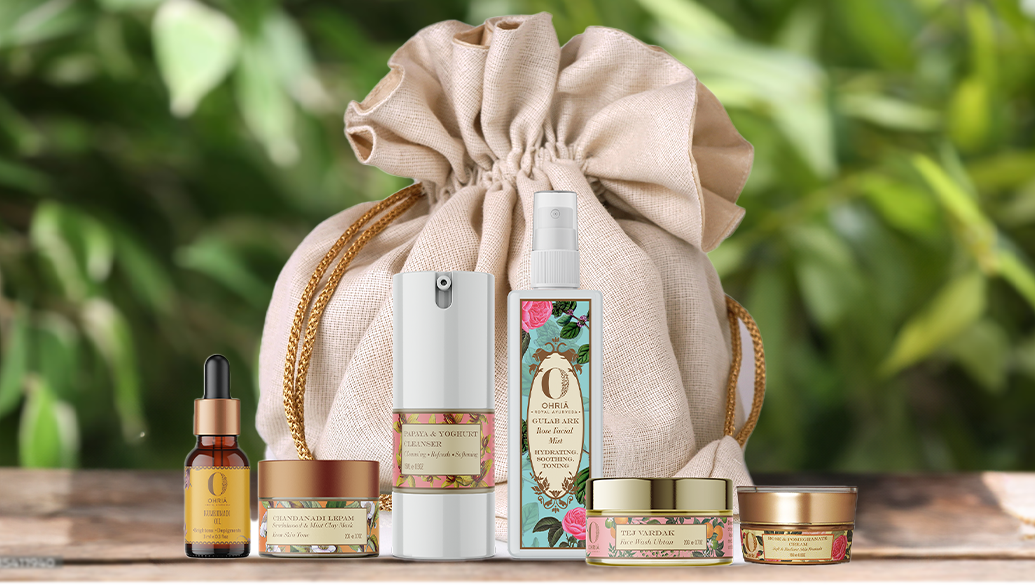
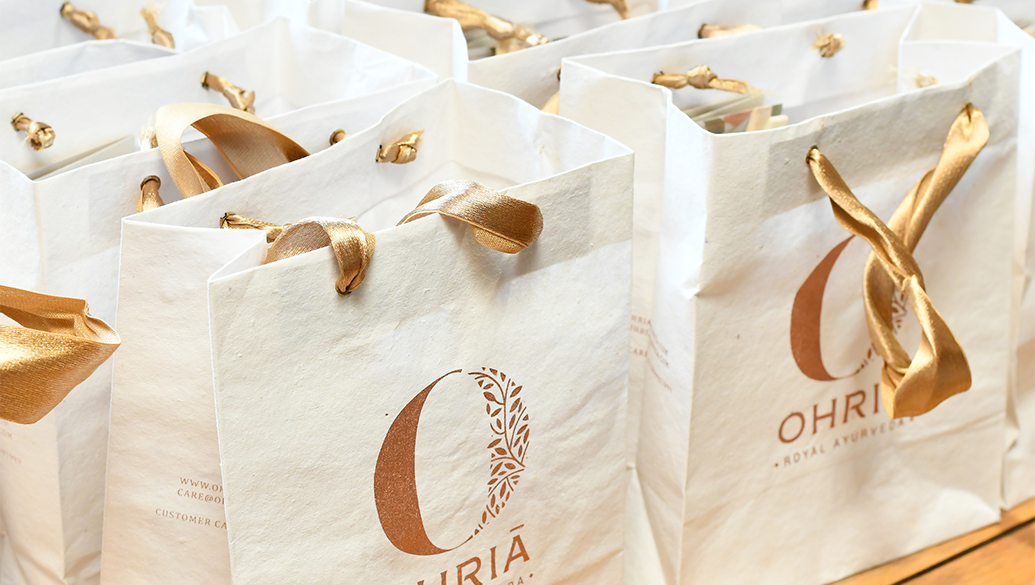

Leave a comment